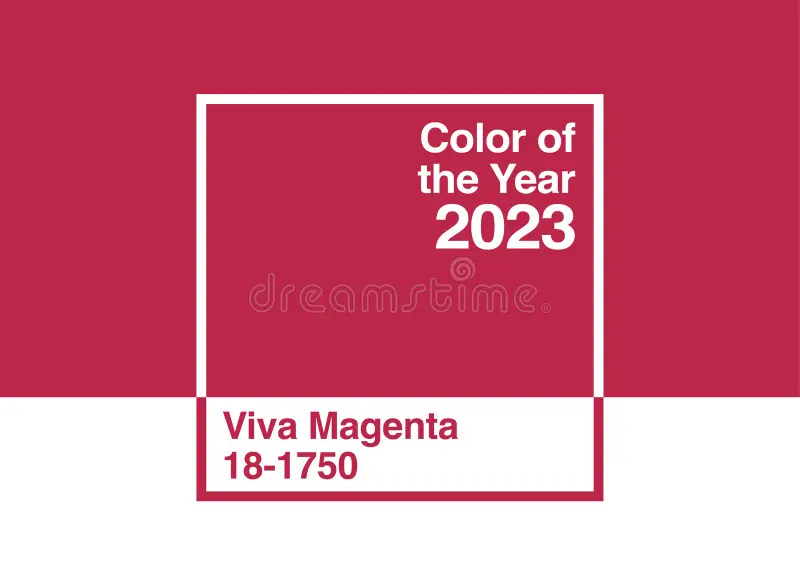When you think of some of the world’s most recognisable brands, what comes to mind? Apple’s iconic apple, Nike’s swoosh or McDonald’s golden M?
These logos are not just visual symbols, but also good examples of how the psychology of colour can play an essential role in the perception of a brand. The colour of a logo or brand identity can, like a piece of music to which we are attached, instantly evoke a grouping of ideas, feelings or memories in our minds.
It’s this discipline that explores how colours can make you feel things, make you make decisions and concentrate better in front of your favourite film. In this article, we’re going to delve into the fascinating world of colour psychology and discover how it can have a positive impact on your brand.
https://www.youtube.com/watch?v=Nxpl7judCwYLet’s start with the colours themselves
Each colour has its own meaning and can evoke specific emotions in people. Understanding these meanings is essential to choosing the colours that best reflect your brand’s identity. Here are a few examples:
1. Red: passion
The colour of the heart, red has strong symbolism. It’s a colour obviously associated with passion, love, romance and also with life and energy. Red can also evoke danger, pain and prohibition.
Known to increase the heart rate, it is the most attractive colour. In cinemas and theatres, red is used to increase the audience’s concentration and keep them captivated throughout the show. It’s also a logo colour that can stimulate the appetite. That’s why it’s used by brands like Quick and Coca-Cola.
Evocative of urgency, red is very often used to signal promotional offers and encourages consumers to take action.
2. Blue: calm and serenity
Blue is the most commonly used logo colour in marketing. It’s the colour that brings to mind water, the sea and the sky, and calls for calm and serenity.
Giants like IBM and Facebook have gone all out for blue to make you feel safe and convey a professional image. It’s a colour particularly used by insurance companies and banks.
Blue can come in different shades. Turquoise suggests travel and escape. Conversely, a darker, more elegant blue conveys a serious and reliable side.
3. Green: nature and the environment
Nature, health, ecology – these are the qualities that green can evoke. It’s a very popular colour for companies committed to respecting the environment. But green isn’t just about that. The colour is also associated with harmony and calm. A call to relaxation and well-being.
Green is the colour of freshness and growth, a call to action. It often refers to wealth and prosperity.
Brands such as Starbucks, WhatsApp, Yves Rocher and Gamme Vert use green in their communications.
4. Yellow: Light and positivity
Yellow is the colour of sunshine, light, happiness and positivity. In short, it’s “feel good” and creative. It’s the kind of colour that makes you want to smile. Yellow is also the first colour that babies react to, which is why it is widely used on children’s products and toys.
Companies that use yellow in their communications are often those seeking to target a young audience, looking for an inexpensive and practical product. Examples include IKEA, Lidl, McDonald’s and Snapchat.
But beware: too much yellow can also be a source of anxiety.
5. Orange: Creativity and energy
Orange is one of those bright colours that catches the consumer’s eye without evoking a sense of urgency. Associated with youth, creativity and energy in relation to fruit, it can be a logo colour that also brings a great deal of dynamism and evokes openness towards the future.
It’s a colour that inspires confidence and creativity. That’s why orange is often used to inspire consumers to action. It is used by brands such as Orange, Fanta and Firefox. Combined with blue, it conveys enthusiasm and joie de vivre.
6. Violet: Enchantment and mystery
A benchmark colour in marketing, violet has gradually become a symbol of elegance, mystery and the unknown. That’s why brands like Marionnaud and Molinard have used it in their logos.
Warm like red and cool like blue, violet also stimulates creativity and imagination. Brands such as Milka, Yahoo! and Twitch have chosen purple for their communications.
Frequently used by religious institutions, purple can also be chosen as a symbol of spirituality.
7. Black : Elegance and sobriety
A symbol of luxury, elegance and sobriety, black is often used in marketing by major luxury brands such as Chanel, Prada, Gucci and Michael Kors.
Like white, black is considered to be a neutral colour used as a background to highlight a logo or typography. It is used in many sectors of activity, with the exception of children. In marketing, black is a timeless colour, and adding it to your charter will ensure the longevity of your brand image.
But beware: in Western culture, the colour black can also be associated with pain, death and mourning. It is therefore advisable to use an original typeface or to combine it with another colour to avoid the nostalgic and sad aspect.
The importance of consistency
Consistency is essential when using colour psychology for your brand. You need to choose a colour palette that not only reflects your company’s values, but remains consistent across all your communications. This includes your logo colour, website, packaging, advertising, marketing videos and every other aspect of your online and offline presence. Consistency reinforces brand recognition and creates a stronger emotional bond with the public. Consumers will associate your brand with a colour.
Adaptability to cultures and markets
It’s important to note that the meaning of colours can vary from one culture to another. If your brand is aimed at an international audience, it is essential to take into account the cultural connotations associated with colours. White, for example, is often associated with purity and simplicity in the West, but can evoke mourning in some Asian cultures.
The evolution of colour psychology
The psychology of colour is not an exact science, because the perception of colours and their meanings can evolve over time. Design and branding trends change, and what was seen as modern a few decades ago may seem outdated today. So it’s essential to keep up to date with your target audience’s preferences and adapt accordingly.

Colour psychology is a crucial part of creating and managing a brand. The charter colours or logo colours you choose to represent your business can have a significant impact on public perception, brand recall and overall success. By understanding the meanings of colours, maintaining consistency and adapting your strategy to cultures and markets, you can harness the power of colour to reinforce your brand identity and establish a lasting emotional connection with your audience.
And while colour is important in a communications strategy, it’s also important to couple that strategy with sound. Brandy Sound helps you give your communications a musical colour and a world of your own.
